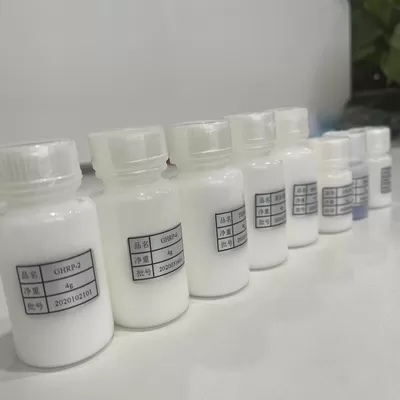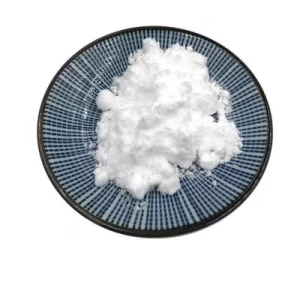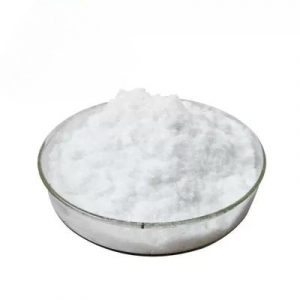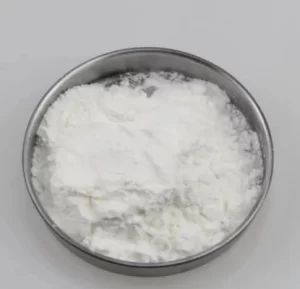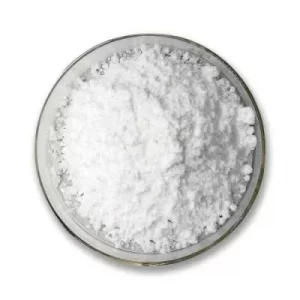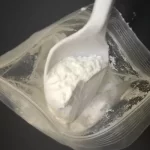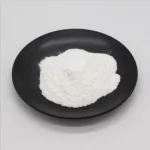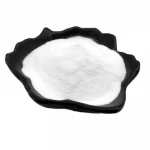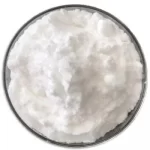Description
Treat High Blood Pressure White Powder CAS 83915-83-7 Lisinopril Dihydrate
Description
| Product Name: | Lisinopril Dihydrate | Other Name: | Lisinopril |
|---|---|---|---|
| CAS No: | 83915-83-7 | Purity: | 99%min |
| Shelf Life: | 2 Years | Application: | Treat High Blood Pressure |
| Sample: | Available | Storage: | Cool And Dry Place |
| Appearance: | White Crystalline Powder | ||
| High Light: |
83915-83-7 Lisinopril Dihydrate, Lisinopril Dihydrate White Powder, High Blood Pressure Lisinopril Dihydrate |
||
Treat High Blood Pressure White Powder CAS 83915-83-7 Lisinopril Dihydrate
Product Introduction
Name: Lisinopril Dihydrate
English Synonym: Lisinopril
CAS number: 83915-83-7
Molecular formula: C21H31N3O5
Molecular weight: 405.49
EINECS Number: 627-033-9
Product Description
Melting point: 148°C
Specific rotation: 25405-120°(c=1 in 0.25M pH 6.4z in cacetate); 25436-96°(c=1 in 0.25M pH 6.4z in cacetate)
Refractive index: -45°(C=1,0.25mol/L Zinc Acetate Buffer)
Storage conditions: 2-8°C
Solubility:H2O:≥10mg/mL
Form:solid
Acidity coefficient (pKa): 2.5, 4.0, 6.7, 10.1 (at25℃)
Color:white
Stability:Hygroscopic
Product Function
Lisinopril is a third-generation angiotensin-converting enzyme inhibitor and a lysine derivative of enalapril. It was marketed in the United States in 1987 for the treatment of hypertension and is a first-line drug for anti-hypertensive disease. The pharmacological action characteristics are similar to that of Enalapril. It has a strong inhibitory effect on angiotensin-converting enzyme.
The inhibitory effect on ACE is 6 to 8 times that of captopril and 1 to 3 times that of benazepril. Total peripheral resistance and blood pressure can be significantly decreased, but not accompanied by reflex tachycardia. Lisinopril can reduce pulmonary wedge pressure, increase cardiac output, increase left ventricular ejection fraction, and improve cardiac function in patients with heart failure. Can increase renal blood flow, reduce renal vascular resistance, increase glomerular filtration rate. It can be used alone or in combination with other drugs to treat various degrees of hypertension and renal hypertension that cannot be treated by other antihypertensive drugs. It can also be used alone or in combination with digitalis and diuretics to treat congestive heart failure. It can also be used as adjuvant therapy for hemodynamically stable patients after acute myocardial infarction.
Common angiotensin-converting enzyme inhibitors (ACEIs): captopril, enalapril, benazepril, perindopril, lisinopril, cilazapril, ramipril, mida Puli, Fosin Puli. The most studied ACEI in the treatment of heart failure is enalapril, followed by captopril, and then ramipril, lisinopril and quinapril, all of which have been shown to be effective, but it is still unclear which ACEI has the best effect. There are no direct comparative studies. It has been reported that the effect of enalapril in reducing mortality is more pronounced than that of captopril, and may be stronger than that of enalapril, with longer duration, less bioavailability affected by food intake, and an increase in the plasma concentration of Ang II. Factors such as less diurnal variation are related.

